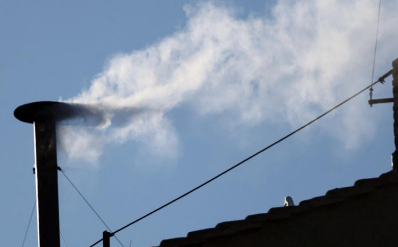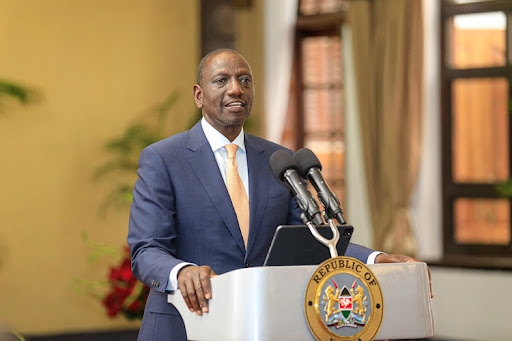
White smoke has emerged from the chimney in the Vatican, indicating that a new pope has been elected.
The new pope is expected to appear on the balcony overlooking St Peter's Square in the next hour.
A senior cardinal will confirm the decision with the words "Habemus Papam" - Latin for "we have a Pope" - and introduce the new pontiff by his chosen papal name.
Some 133 cardinals have been voting since Wednesday to elect Pope Francis’s successor.
Have the cardinals, all aged below 80, elected an African, an Asian or even an American pope, or might they favour one of the old hands of the Vatican administration?
The new pope will replace the Pope Francis who died on April 21, 2025 at the age of 88.
The new Holy Father will be the 267th pontiff of the Catholic church .
The Catholic Church, also known as the Roman Catholic Church, is the largest Christian church, with 1.28 to 1.41 billion baptised Catholics worldwide as of 2024.
Earlier on Thursday, there was black smoke billowing from the chapel’s chimney signaling no clear winner had emerged from the vote.
Tens of thousands of faithful gathered in St Peter’s Square, watching intently as history unfolded behind the chapel’s locked doors.
The cardinals, sworn to secrecy and cut off from the outside world, vote up to four times a day—twice in the morning and twice in the afternoon—until one candidate receives the required two-thirds majority, or at least 89 votes, to be declared the 267th pope.
The first signal from the Sistine Chapel was expected around 7pm on Wednesday, but the black smoke did not appear until two hours later.
After spending the night sequestered at the Vatican’s Santa Marta guesthouse, the cardinals had an early breakfast and held a Mass before taking their oath.
They then returned to the Sistine Chapel for the second day of the secret ballot.
During the election process, smoke signals traditionally occur around midday and early evening, typically around 7pm.
The previous two conclaves—in 2005 and 2013—resulted in the elections of Benedict XVI and Francis, respectively, and each lasted two days.
Some papal elections in the 20th century took up to five days, while the longest conclave in history, in the 13th century, lasted two years and nine months.
















